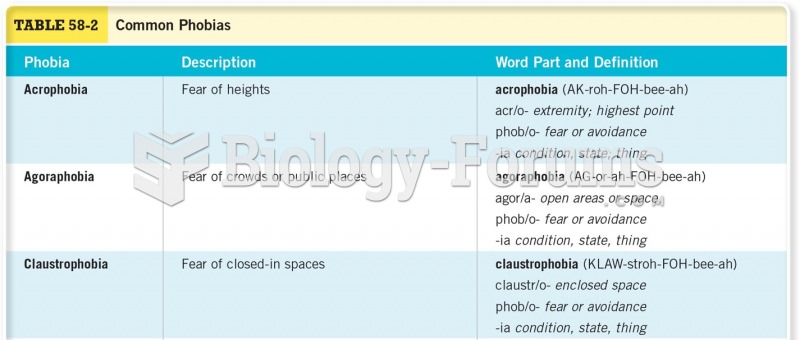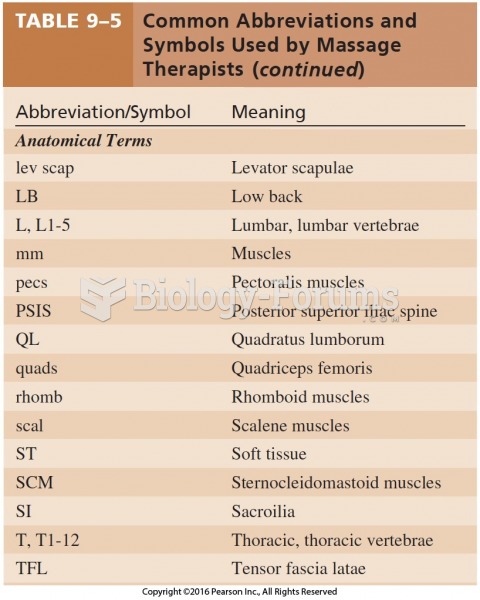Answer to Question 1
ANSWER:
a
Answer to Question 2
ANSWER:
Play, particularly in preschool and kindergarten, needs to be an integral part of the educational process. Play is neurological. Scientific studies of the brain have shown that essential neurological pathways occur in an environment free of stress, fatigue,
and anxiety. . . . All of the processes involved in play such as repeating actions, making connections, extending skills, combining materials, and taking risks provides the
essential electrical impulses to help make connections and interconnections between neural networks thus, extending childrens capabilities as learners, thinkers, and communicators (Miller & Almon, 2009). . Also, we should convey to parents the importance of play in the lives of young children. Play can be a valuable means of gauging a childs developmental progress.
In order for play to occur in classrooms teachers need to be sure to do the following:
Be aware of current research and resources that validate the importance of play.
Create a positive and safe place for play. Provide open-ended play materials.
Respect and encourage individual differences in play abilities.
Have patience with children and give them time to learn new play skills.
Introduce activities and materials appropriate for each childs age and stage of
development.
Take a sincere interest in learning discoveries.
Provide a play environment that reflects attitudes and values of the surrounding culture.
Offer appropriate props from a childs culture that will help him make
connections as he plays.
Make available culturally diverse materials for all the children to enjoy and learn from as they play.
Encourage cooperation.
Allow children time without scheduled or externally focused activity. This offers an opportunity for children to be internally focused so that imagination and creativity can take over.
Take time to listen to children as they play and to observe how each child plays, what he plays with, who he plays with, and what the child can do.







